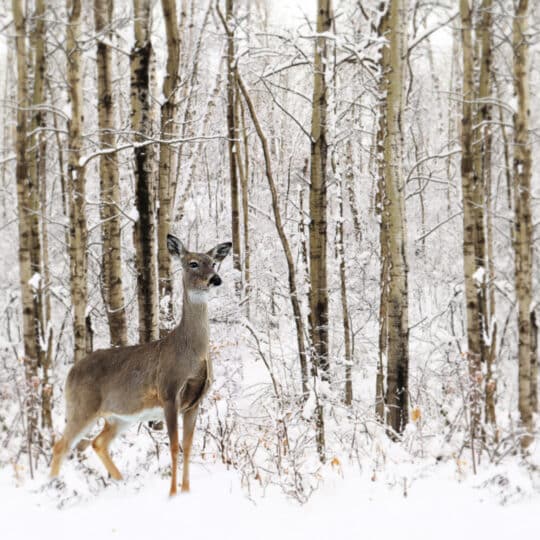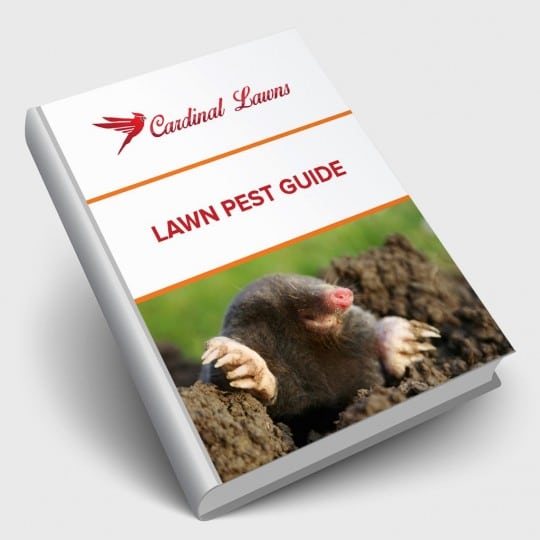Winter Lawn and Garden Pests
How to Save Your Yard this Season
Posted
December 15, 2022

While the weather outside may be turning frightful, your lawn is still delightful to various animals and insects. Learn what winter lawn and garden pests could be frequenting your yard and what to do to help prevent damage.
Common Winter Lawn and Garden Pests
There are certain pests strong enough to survive the harsh winter weather. They could be spending the season underground munching on roots or waiting out the weather. Or they could be stalking what’s left around the yard, like tree bark or evergreen shrubs. Here are a few seasonal survivors to watch out for.
- Grubs. They spend the winter in the soil waiting to gorge on grass roots and shoots. In the summer they turn into beetles, doing even more damage to your plants. Grubs also attract other pests, like a flock of birds and burrowing moles that can also tear up your turf.
- Chinch Bugs. These tough bugs can also survive the winter in layers of thatch or trees. Then proceed to suck the life out of your grass and leave a sticky liquid behind.
- Rabbits. If they’ve been sampling your garden veggies and flowers in the other seasons, they probably found a comfy spot nearby and will still be hungry in the winter. Not only will they eat young plants and any leftover greenery, but they’ll leave their droppings behind for you to potentially step in.
- Deer. They may be pickier in the other seasons when everything is still growing. But when food is scarce in the winter, they’ll become braver and eat anything they can reach, including tall trees and plants.
Preventing Pests
When trying to prevent pests from damaging your yard, it may be best to take proactive measures. This is easier when you know which pests you’ll be dealing with. For instance:
- If you find animals are eating your tree bark and greenery, a fence may be a viable option.
- It also helps when these pests don’t have a place to hide in your yard. Maintain your lawn by removing thick layers of thatch that could become a retreat for bugs.
- Prune shrubs to prevent smaller animals from sheltering in any overgrowth.
There are a variety of pest control and repellent products on the market. Many should be applied before the winter weather sets in, such as grub control methods. However, any control product for creatures underground may not be as effective if it can’t penetrate the frozen soil. These measures should be started in the spring or fall once the ground has thawed.
For more specific pest control options, contact Cardinal Lawns for tips, tricks, and a preventative plan you can keep in mind to keep pests out in the future.

Download Your FREE Lawn Pest Guide
Pests become most prevalent during the heat and humidity of summer. Take some time to learn about the signs of infestations before any damage can be caused to your landscape. This handy guide will teach you how to spot common lawn pests and how to keep them from causing harm to you and your property.